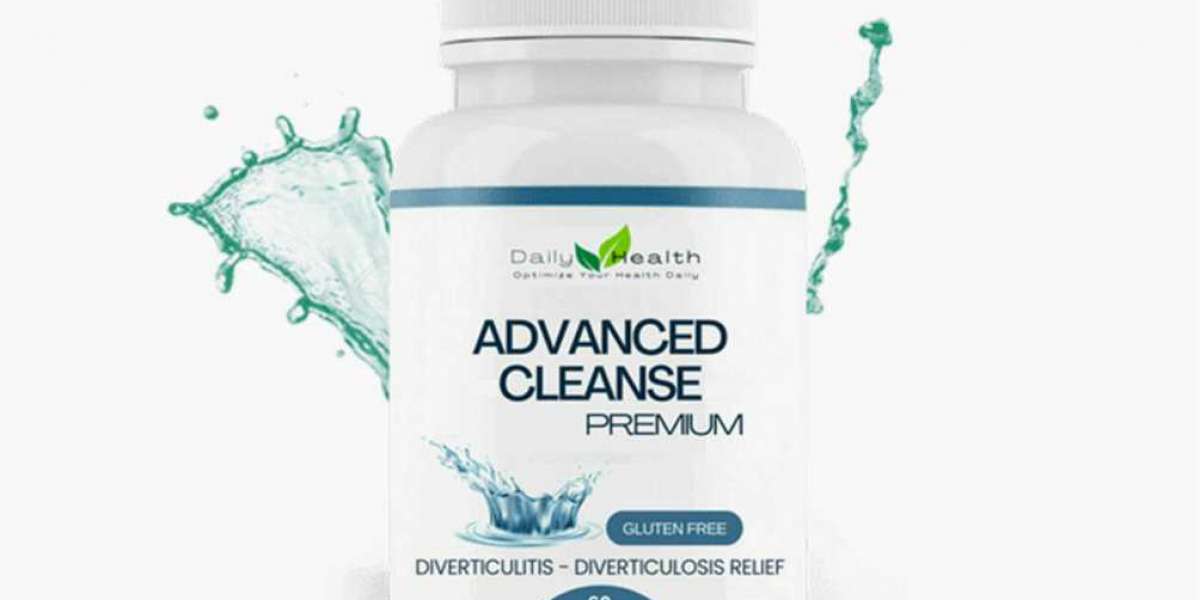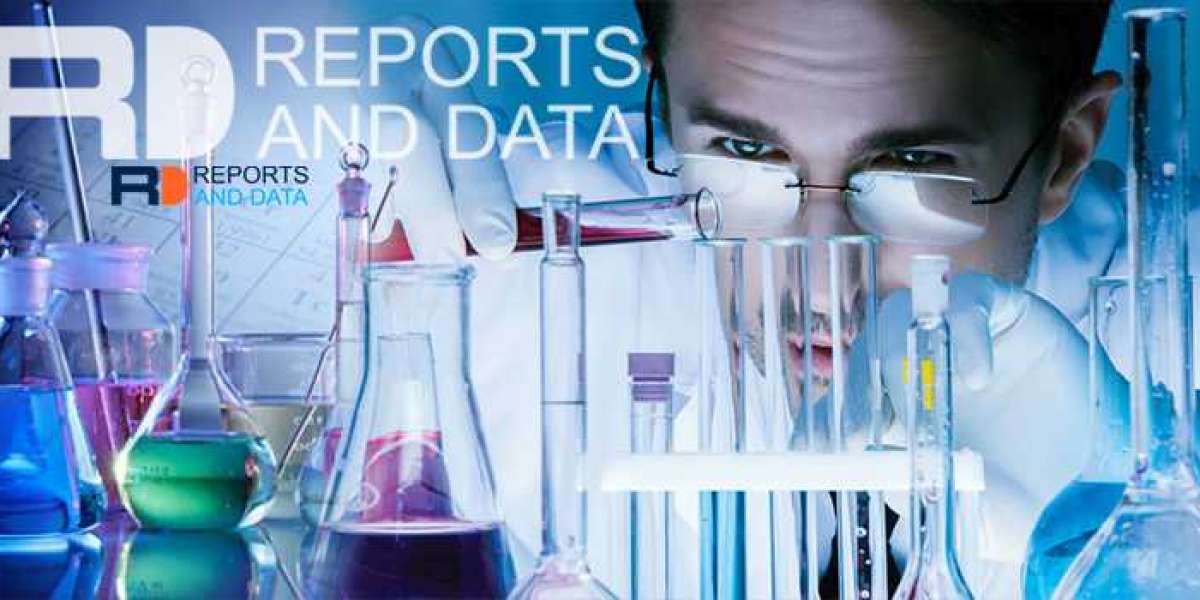Walking, exercising, lifting objects, opening packages, and even working at a computer are all easier with healthy joints. It's no wonder, then, that joint discomfort or inflammation has an impact on many aspects of your life. This scenario is widespread in the United States, where over 23 million persons are limited in their activities due to joint pain.
Treatments like platelet-rich plasma PRP therapy, for example, can help. This minimally invasive procedure stimulates healing and reduces pain by using your own blood.
PRP therapy is available as a treatment for a variety of joint issues at Northland Orthopedics Sports Medicine in Kansas City, Missouri. Take a few minutes to learn more about PRP therapy and how it can help you.
PRP Therapy: How Does It Work?
Plasma is a liquid component of blood that transports red and white blood cells throughout the body. Platelets in your blood secrete growth factors that aid in tissue regeneration and healing. PRP therapy benefits your joints by raising platelet levels in the area, bringing more of those healing properties to the area where they're needed.
PRP therapy seeks to do the following:
- Enhance joint function.
- Reduce the amount of discomfort.
- Damage to cartilage can be slowed, stopped, or even repaired.
- PRP therapy is popular since it is all-natural and does not require any surgical incisions or drugs. PRP therapy can also be used as a stand-alone treatment. After you've had this treatment, you could find that you don't require as much pain medicine or physical therapy.

During PRP therapy, what happens?
During your PRP treatment, your provider takes a small sample of your blood and centrifuges it for roughly 15 minutes. Platelet-rich plasma is separated from the blood and injected into injured or damaged joints, muscles, tendons, or ligaments. If ultrasound imaging is required for precision, your specialist will use it to direct the PRP concentration.
PRP therapy is believed to be safe, and most people can resume their normal activities straight away, though we may advise you to relax for the rest of the day. After your therapy is over, your physician will assist you in determining the best course of treatment for you going forward.








